Today we will discuss about one of the most important components used in the Instrumentation system i.e. NC contact. This is widely used in Emergency Stop or Stop pushbutton as a fail-safe condition is needed there.
Emergency Stop Switch Spurious Trip
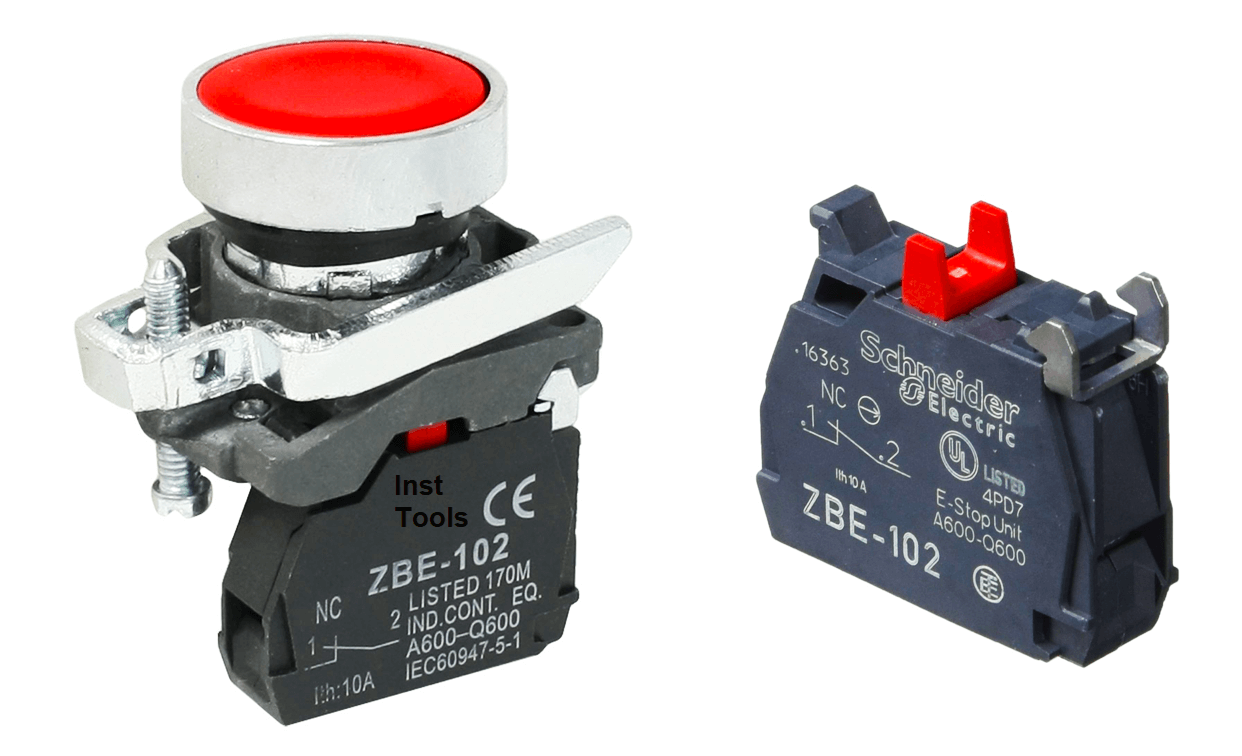
This system may lead to spurious trips in long run. Yes, you read it right SPURIOUS TRIP!
Internal Components of Switch
The switch Normally-Close (NC) contact used has a simple internal as shown below. The main components are spring and contact in a switch.
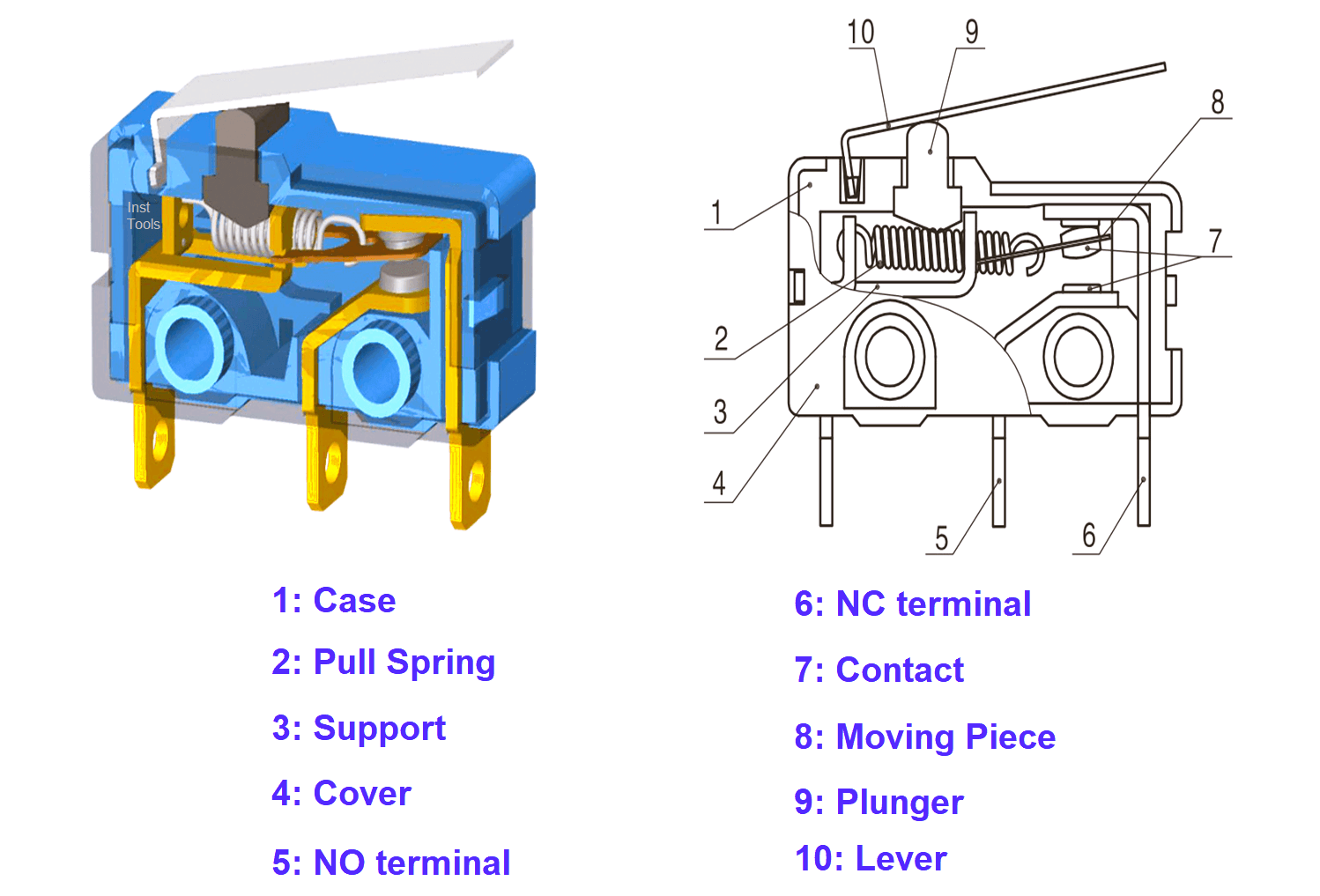
Now as per the fail-safe concept, the stop button contact should be closed in non-actuated conditions for many hours and days as per the required application. Whenever the pushbutton is pressed, which is maintained mainly by a spring and contact, the contact should open.
Now due to the aging effect, this spring may fail or its strength may be lost after some time. Sometimes these issues may create an open contact and actuate the pushbutton without actually pressing the stop button, which is a SPURIOUS TRIP.
Problem Solution
To avoid these types of problems, 2 out of 2 configurations should be used. For this, 2 sets of contacts in a single pushbutton must be used in place of 1 set of contact of the Normally-closed push button.
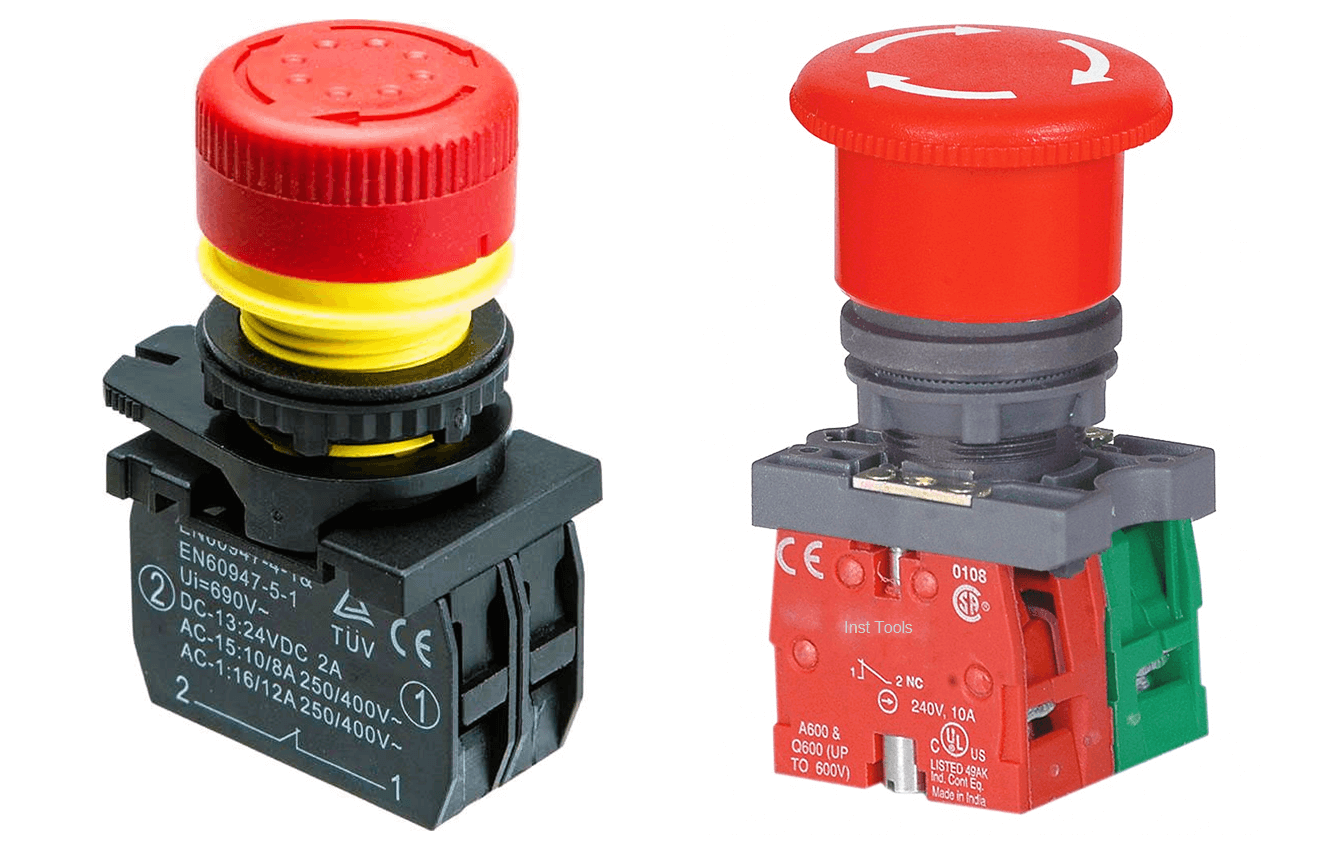
Whenever both contacts are actuated then only, stop/trip action should take place i.e. both contacts should be connected in parallel.
If the switch contacts are taken as Digital Input in PLC or DCS logic, then 2 different DI should be used so that the health of both pushbuttons can be monitored in the logic, i.e. alarm should appear whenever a contact is actuated such that respective action can be configured in the logic.
How to Check Switch Contact Status?
In non-actuated conditions (for NC contact), resistance should be below 1 ohm, while in the actuated condition it should give resistance in mega Ohm.
When to Check Switch Contact healthiness?
We have to check the switch contact healthiness every 3 years or during a major plant shutdown.
If your plant has any specific control philosophy then you have to follow the recommended documents or standards.
If you liked this article, then please subscribe to our YouTube Channel for Instrumentation, Electrical, PLC, and SCADA video tutorials.
You can also follow us on Facebook and Twitter to receive daily updates.
Read Next:
- Scan Cycle in SIEMENS PLC
- Cloud-Based SCADA Projects
- PLC-based Gas Detection System
- Create New Project in Studio 5000
- Rockwell Allen Bradley PLC Projects

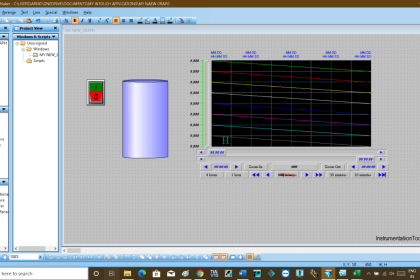
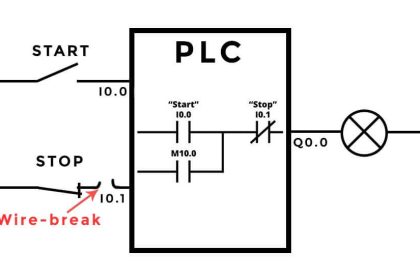

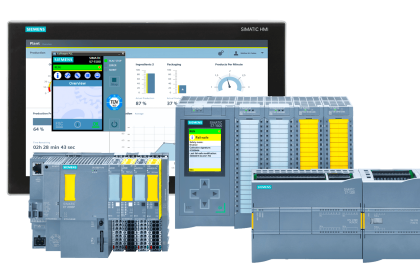
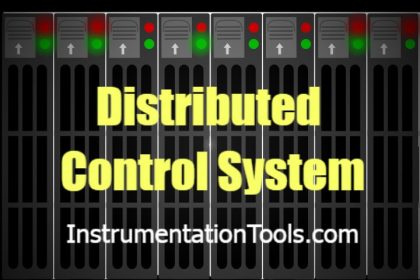
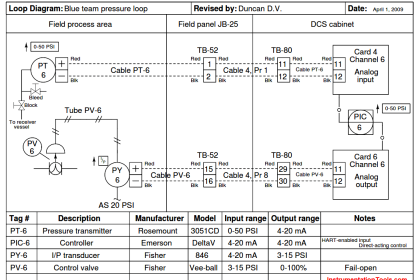
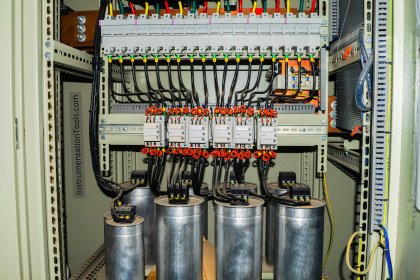
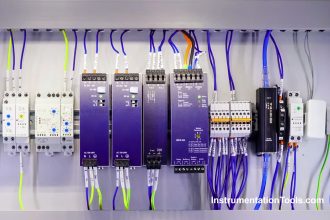


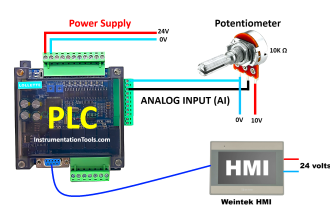
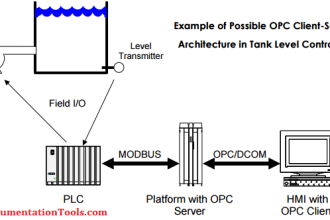
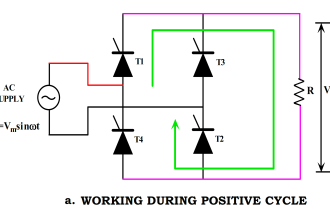
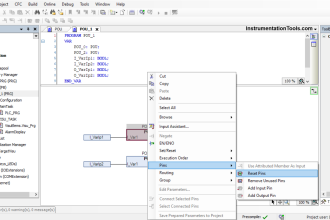


The ‘aging” causing the effect of having spurious trip with the switch opening the contacts (Normally closed), will it be a permanent spring failure? or can it be that the spring work normally after the spurious trip? Should we recommend a switch / pushbutton / relay with two set of NC contacts? thanks